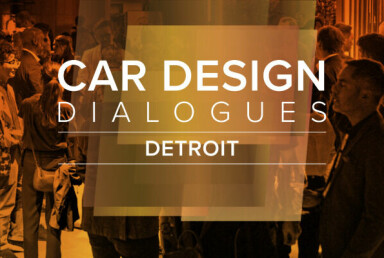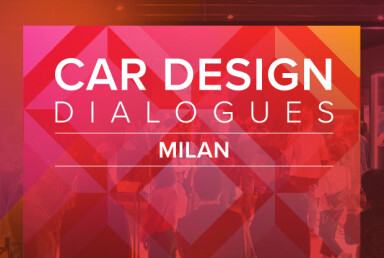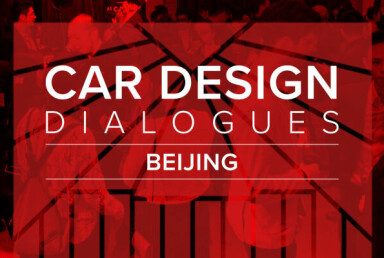Bentley's Paint Jedi
"Colour is not just about the shade — it’s how you feel when you see it"
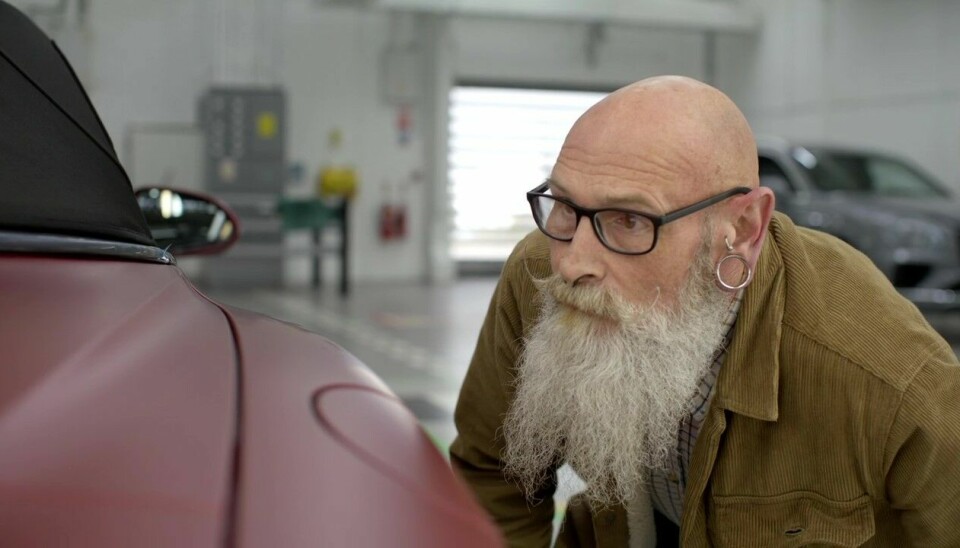
Car Design News spoke to Bentley paint design expert Steve Williams and CMF boss Andrea Jensen
With more than four decades in the world of automotive paints, Bentley's colour designer Steve Williams has seen it all — from apprenticeships in the colour lab to pioneering waterborne paint techniques and developing bespoke finishes for some of the most prestigious names in the industry.
After years working on colour programs for Rolls-Royce and Bentley as a supplier, Williams joined Bentley Motors full-time in October 2025 dedicating his expertise to their in-house paint and colour development. In this Q&A, alongside CMF head Andrea Jensen, he takes CDN through his approach to colour, and the craft behind Bentley’s signature finishes.
CDN: Tell us about your role at Bentley.
Steve Williams: I’m not a designer by title, but a technical manager, but I support the whole design team, not just Andrea’s group. I support the bespoke team, the modeling team — not just painting the models but also finishing a lot of the student models for their final assessments at university. And if there are production issues that can’t be sorted out, I help with those too.
Andrea Jensen: Steve isn’t only an expert in exterior paint. There’s wheel paint, caliper paint, even interior paint. When we look at new interior colours, my designers go to Steve, because he has that wide knowledge. If we want the code of a colour — you ask Steve, and he knows it instantly. That’s very unique — real craftsmanship. And very uniquely, he has something no other CMF team in the world has: his own paint booth. He does all the samples we need there. We have meetings in the booth, or he brings back samples.
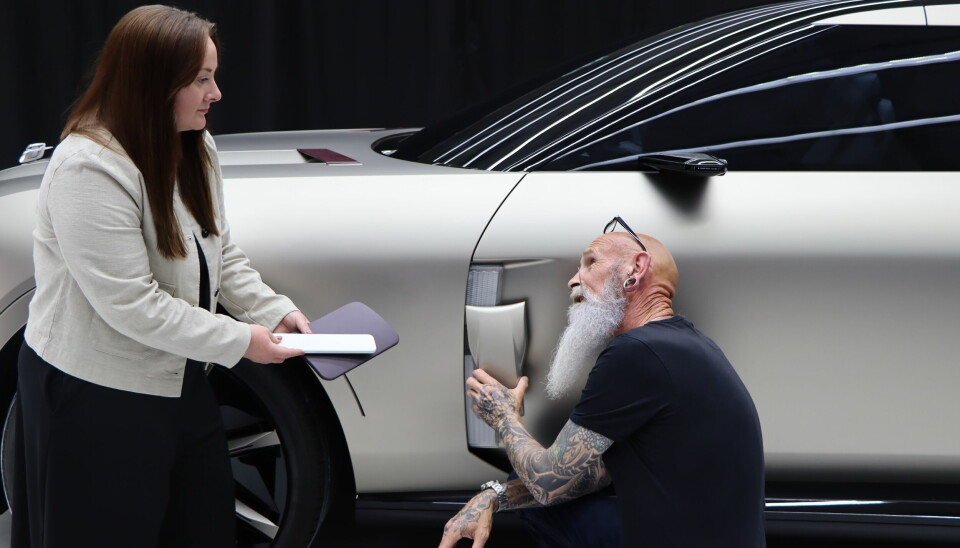
SW: I can paint any of our models in the booth — it’s big enough to take any of our cars. We have one system for hand application and repairs, and one for automatic robot application. Both are waterborne, both from the same supplier, but the resins and binders are slightly different. One is an OEM hybrid finish, the other a refinish system.
CDN: What role does design technology play?
SW: I don’t use AI or digital tools. When I’m making a colour, I do it all with my head and eyes.
CDN: So you can break colour down to its constituent parts just by looking at it?
SW: Yes. Believe it or not, I can look at a colour and see in my head what pigments to use. Sometimes, I have to swap out a pigment for a slightly different one, but generally, yes — I can see the formula in my head.
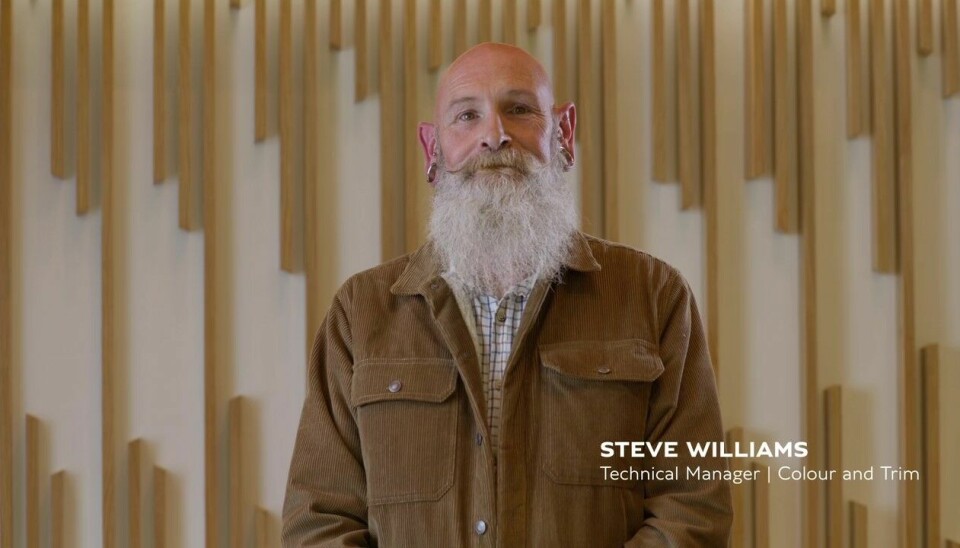
AJ: That’s the experience, the craftsmanship. Of course, when we make a sample, we also check how it looks on the car. We use VR, we put the colour on the car virtually — but it’s not the same. When you spray it on the car, you see how it really looks, how the effect plays with the surfaces. In VR you get a glimpse, but you can’t play with all the effects that are in a paint. That’s sometimes frustrating in presentations, because you can’t fully show the beauty of it digitally. So we always have physical samples or a bonnet alongside the VR. So people can really see how it actually looks. Look at the flop, how it changes.
SW: With pigment technologies now — things like colour streams and ZX — they’re not just one colour. For example, chroma flares are like three colours in one. You’ve got one colour on the face, another on the flop, and a different one at the half angle. You can’t capture that in VR.
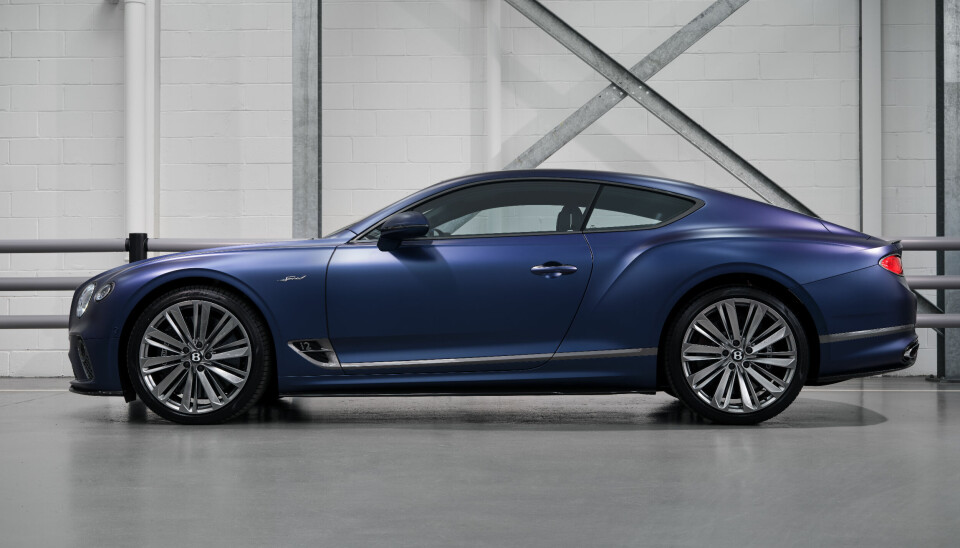
CDN: How close can you get?
SW: You might get one or two in, but you can’t get all three and a full read. You lose some of the chromacity and saturation in VR and digital — but you don’t if you see it in reality.
CDN: The new rooftop viewing area in the studio must be helpful here.
AJ: Yes, and this is also why we wanted to sit on the top floor. From colour and trim we can look out at the rooftop and see the colours all the time. When you see the colours or materials constantly, you get ideas, you start conversations with the team. Both of my teams — bespoke and colour and trim — sit together, so they influence each other. The CMF team develops something new, and then bespoke sees it and says, “That could work for our customers.”

CDN: Do you get rolled out in front of customers, Steve?
SW: I have met customers, yes. Quite often I don’t see them — I just get a detailed description of what they want. But if the customer insists, then yes, I’ll have a face-to-face meeting. Because if Andrea is speaking to the customer and they’re describing all these emotions about the colour and how they want to feel, that gets lost when she passes it on to I don’t get the emotion, the feeling, the insight unless I’m talking directly with the customer. It’s about their mood and how they want that reflected in the colour. It’s not just about the shade — it’s about how they want to feel when they see it.
CDN: When it comes to colour matching, there must be some interesting requests.
SW: I’ve matched toasters, coffee makers… one customer sent a Patek Philippe watch. I’ve matched blazers, Hawaiian shirts, blue sequin dresses, Tiffany boxes. Pretty much everything.
CDN: How does your approach change according to the project?
SW: For concept cars, the colour doesn’t need to be underwritten because it’s never going to be sold, so we can put anything on it we want. If it’s a bespoke colour, then there’s not much input from the design team, it’s about what the customer wants.
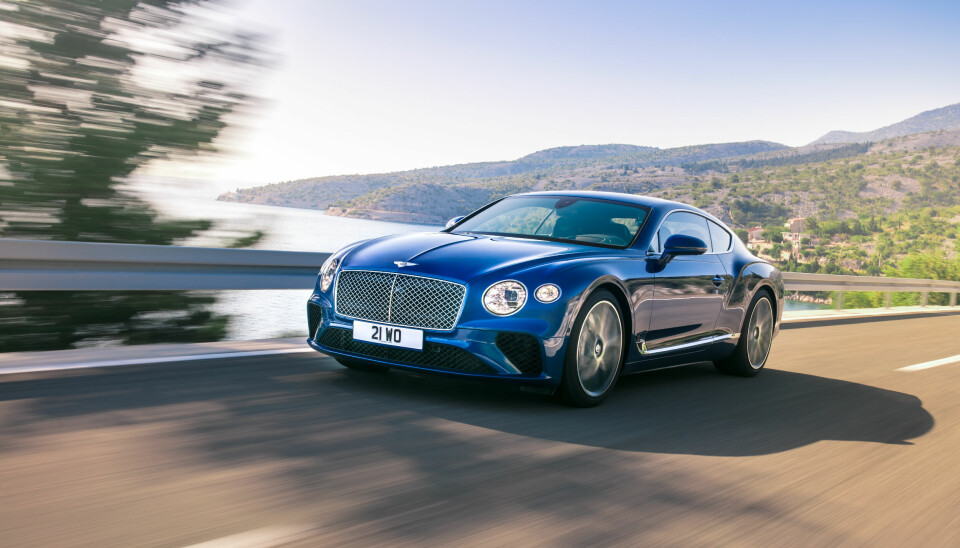
If it’s a production colour, then the decision is: does it go on the standard palette, the extended palette, the Mulliner palette? Is it gloss, satin, or pearl? Those are the areas it can go into. Once that’s decided, I like to work with a mood board — not just one big block of colour, but a range of colours. Out of that range, I would normally target three areas for one colour, so I’d create three variations.
Then I’ll show Andrea and the team. They’ll say yes or no, or ask if I can adjust it. I’ll go back and play. Once they approve, it goes to the design director, Robin Page. If he says yes, it goes to sales and marketing, and then to the board of directors for final sign-off.
CDN: Statistically, the number of Bentleys made that are still on the road is very high, so the colours really need to endure.
SW: That’s why we’ve always avoided fast-fashion colours. Look at the longevity of something like Sequin Blue. I designed that colour back in 1997, inspired by a sequin blue dress, and it’s still in the current palette today.

